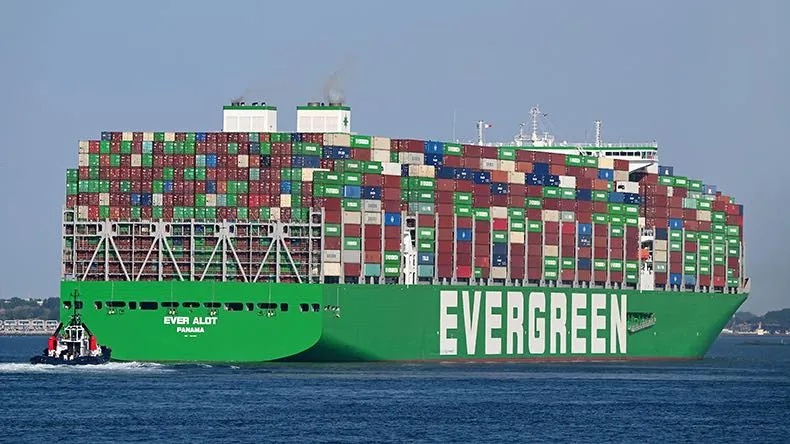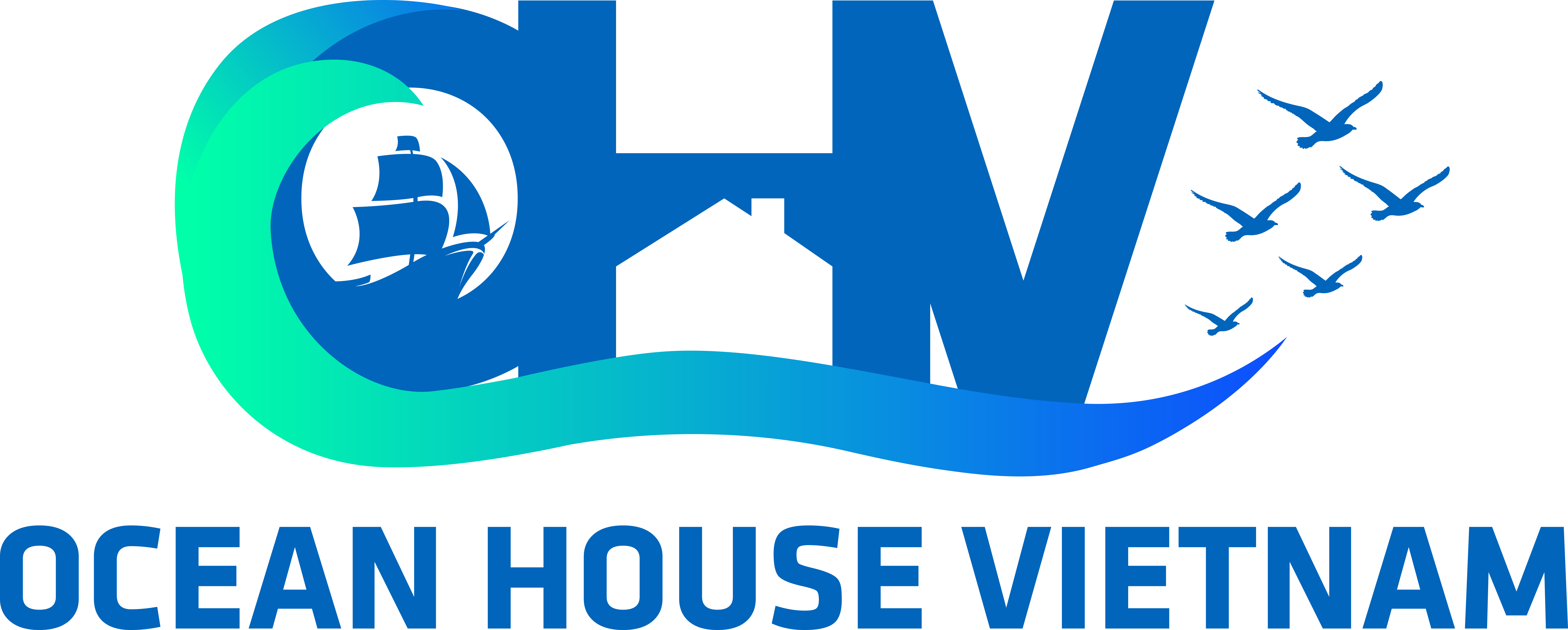How do ships transit through Panama Canal? Get to know how ships pass from the Atlantic to the Pacific Ocean and vice versa. Locks and tugboats cooperate to safely move the vessels.
Concept
One of the seven wonders of the modern world. The Panama Canal artificial waterway involved innovative engineering solutions to deal with the unforgiving environment of the Panama region. Built on the Isthmus of Panama, the United States designed the Panama Canal after the failure of a French Construction team in 1881.
U.S. chief engineer John Frank Stevens assisted with his determination to redesign the project from sea level to a high-level canal with locks. Inaugurated in 1914, the territorial control of the 50-mile canal was transferred from the U.S. to Panama in 1999.
The Panama Canal is considerably one of the world’s busiest routes with an average of 9,000 ships transiting annually.
Acknowledging its crucial role, the Panama Canal Authority undertook regular upgrades. The third set of locks project is the groundbreaking upgrade. Particularly, it has doubled the waterway’s capacity by adding a third line. This can accommodate 1.5 times larger vessels than the previous Panamax, the Neo Panamax class vessels.
Currently, the Panama Canal can welcome vessels measuring up to 1,215 feet long. This means that 96.8% of the world’s fleet of container ships can transit through it.
Canal Transit
To transit the Panama Canal, ships must pass through three sets of locks that act as stairs. This process is done gradually. From the Pacific side, a ship first accesses the Miraflores locks’ first chamber. Then a control operator closes the gates and opens the sluice. This lets water flow by force of gravity from the higher chamber to the lowest one. After 8 minutes the water level in the two Chambers equalizes and the ship drops to the level of the second block.

The Vessel moves to the next chamber and the gates close behind. The same process of draining out and filling up repeats until the vessel crosses all the locks and reaches Gatun or Agua Clara locks through Culebra Cut (Gaillard Cut). There, the vessel is lifted up to 85 feet above sea level and then lowered back to the Atlantic level.
Tugboats Assistance
To reach and Transit the Panama Canal Mega vessels need assistance from small yet very powerful watercraft known as tug boats. Introduced in the early 19th century, tugboats assist in the mooring or berthing operation of a ship by either towing or pushing it towards the port and through narrow canals. Tugboats are indispensable and giant berthing vessels by forcing or tugging them to the quayside. They also involve in the maneuvering operation of non-self-propelled barges, oil platforms, log wraps etc. These small watercraft can move ships that are one thousand times their size and weight.
Their engines produce massive power, ranging from 680 to 3,400 horsepower. This generates a tremendous power-tonnage ratio of up to 9.5 compared to 1.2 of the normal cargo and passenger vessels. Note that, the propulsion system of a tugboat consists mainly of a diesel engine with a reduction gear attached and a shaft line connecting the gearbox to the propeller. This provides the thrust for propelling the tugboat and generating the ship’s bollard pull.

Typical tug boats such as those used in berthing container ships have around 60 to 65 short tons of force. Still, the most powerful Tugboat ever built Island Victory an anchor-handling vessel has a bollard pull of 469.4 tons. The total installed power of 42,880 horsepower, making it the strongest ship in the world.
During the Panama Canal’s expansion project, tugboats were paramount for achieving dredging activities. On a daily basis, the tug’s main task is to assist container ships and other large ships and maneuver in and out of the canal’s locks.
For safety concerns, these ships cannot accelerate while transiting the canal. Thus, a tugboat pulls the ship through the lock’s entry using a tow line bonded to the vessel by a winch. For increased control, additional tugboats push the vessel from behind to perfectly align them with the entrance of each lock for they are then harnessed to locomotives. A secondary task of tugboats is to escort ships along the Gaillard Cut, the narrowest part of the Waterway, and aid them in case of difficulty until they reach the open sea.
Giant Vessel Transit
With the developments in the shipping industry, ships have grown larger than they ever were in history. Evergreen’s EVER ALOT is currently the world’s largest container ship ever built. The mega vessel is 1,312 feet long and 201.7 feet wide and can carry a capacity of 24,000 TEU. A vessel like that will easily sail on the high seas. However, it becomes extremely challenging in narrow sea strips and harbors as it can move forward and backward easily but typically struggle to maneuver sideways. Hence, the primary mission of a tugboat is to cause gyration movement and counter the inertial mass of the mega-ship without using the main propeller to safeguard the hull and the port infrastructure.

The Bollard pull and the number of tugboats required vary (depending on the size and weight of the vessel, weather conditions, draft, etc.) and involve prior communication between the captain and the pilot. For a ship like EVER ALOT the required number, in general, is at least 3 tugboats. When the vessel calls at the Port, tugboats will rush to help it weave through the harbor.
Specifically, the ability of the tug to rotate 360 degrees and the thrust generated through its large propellers give it absolute maneuverability to move the ship in any direction. Tugs will either push the ship’s hull or pull it by using a tow line attached to the ship’s Bollard. While pushing all that a tugboat captain sees is the ship’s side. That’s why a local old-hand pilot is always on the bridge scanning Port conditions and commanding Tugboat captains when to push and pull the ship until the vessel is fully docked.
Further Tasks
Besides helping ships make precise maneuvers, tugboats perform other marine-related tasks. These include the supply of food and fresh water, ice-breaking bunkering operations, firefighting, and the rescue of ships that are in distress. For instance, the USS Theodore Roosevelt arriving at Apra Harbor requires assistance in order to moor to Guam. The Nimitz-class aircraft carrier is 1,092 feet long, 252 feet wide, and can weigh up to 100,000 tons. Powerful enough to damage itself or cause catastrophic events if it continues navigating alone.
Therefore, once the warship approaches the harbor, it stops advancing under its own power and relies on the tugboats as well as the tug Master’s extensive technical knowledge of the area to move it safely to the intended terminal. One or more tugs will tow the warship using tow lines. In the meantime, others might squeeze its side or push from behind to move it where the pilot says.
They are designed with rubber fenders with excellent seawater resistance enabling them to cruise the ship without damaging the hull.
Coordination and precision are keystones to successfully berthing this giant naval ship or placing it on keel blocks for maintenance and repair.
Conclusion
The correlation between global trade and the size of the ships is evident and the spillover effects run through various other aspects including the canal and port operations globally.
With the maritime transport industry intensifying, the Panama Canal has become an even more essential passage for global trade. It leverages state-of-the-art techniques to serve the largest ships in the world. However, tugboats will always play a crucial role in guiding ships through this narrow passage and berth of giant container ships but also warships all over the globe.
They work 24-7. help ships make precise maneuvers, and fight bad weather so your goods will be delivered on time. In the end, whether you’re traveling by land or sea, sometimes it takes a little help to move the biggest of vehicles. Note that, this help usually comes from small but powerful engineering Marvels.



